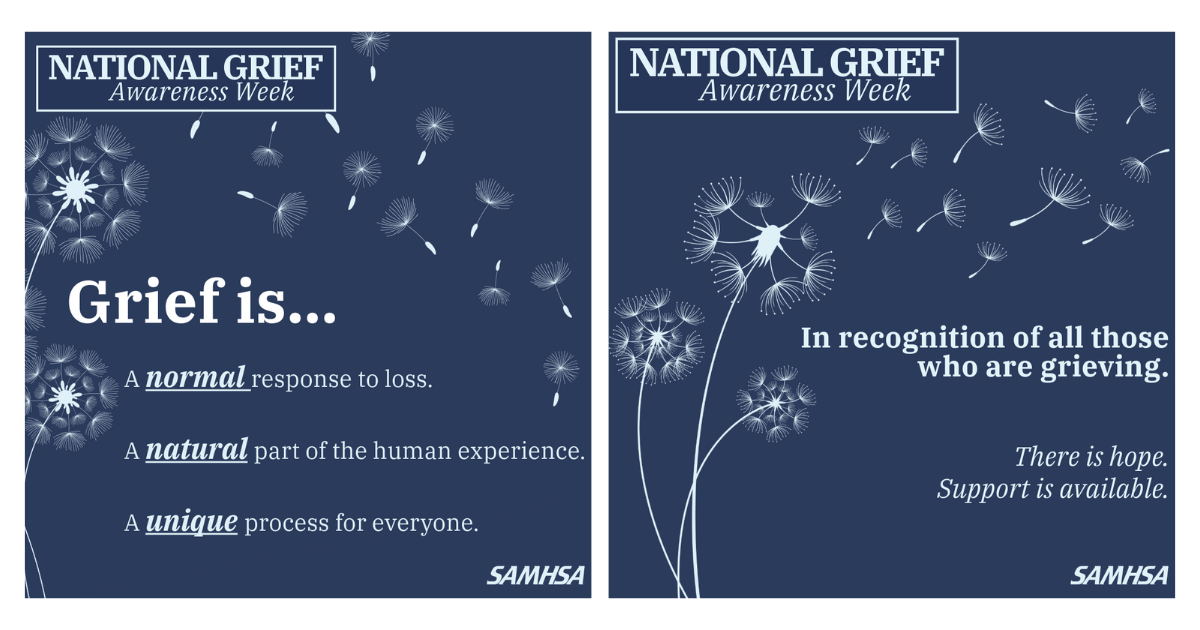Suicide – A Funeral Director Speaks Out
Guest article provided by: OGR – Order of the Golden Rule
As a funeral director for over 30 years, I have been fortunate to help thousands of families through one of the darkest times in their lives. With September being National Suicide Prevention Month, I wanted to share a personal story with you on how suicide has touched the lives of my family.
It was a beautiful evening and I was sitting at the top of the Marriott Marquis in New York City at a cocktail party when my phone started to ring. It was my mother informing me my stepbrother had taken his life. In that moment, I knew I would have to put on a brave face since I was in a very public place. I equated it to the way President Bush must have felt when he was sitting in a classroom full of children when he was informed about 9/11. It was truly one of those heart-stopping moments.
I immediately went into “funeral director mode”. I made the process very task-oriented and didn’t stop to think about who I was taking care of. I focused on everything from leading the arrangements, to dressing and placing my stepbrother in his casket, to being the director in charge of the service and his final disposition at the cemetery.
Once the funeral was over, I realized I had forgotten to grieve the loss of my stepbrother. I started going through the phases of grief and more importantly looking for answers to “WHY” he did this to himself and, selfishly, our family.
I share this story with you because this tragedy that stopped the world from turning for our family made me a better funeral director. It put me in touch with what goes through a families’ mind as they sit on the other side of the table from me after a loss like this. It helped me better understand and help them navigate the overwhelming funeral or celebration of life process.
Suicide is a problem that can touch any family without regard of race, religion, age or station in life. According to the Center for Disease Control (CDC), “everyday, approximately 105 Americans die by suicide.” The latest CDC figures on suicide by age group are listed below. The 2010-2014 chart shows the most at-risk age groups and that suicide is the 2nd or 3rd leading cause of death for those age 10 – 34 and the 4th leading cause of death for those age 35 to 54. It’s shocking that suicide has been recorded in age groups starting as early as 10 years old.
4 Leading Causes of Death, United States from 2010 – 2014, All Races, Both Sexes (Source: CDC)
Produced By: Office of Statistics and Programming, National Center for Injury Prevention and Control, Centers for Disease Control and Prevention
Suicide is something that can be prevented in some cases, and it is important to be educated on the risk factors, prevention methods, and treatment options. Being informed will give you a great foundation to possibly save a life. There are many great organizations out there whose sole purpose is to prevent suicide.
- The AFSP, or American Foundation for Suicide Prevention, is a non-profit organization that aims to reduce suicide rates in the U.S. It also provides resources for suicide loss and suicide attempt survivors. Their website is https://afsp.org.
- The National Suicide Prevention Lifeline connects callers to a trained counselor in their area. You can visit their website at http://www.suicidepreventionlifeline.org or call 1-800-273-TALK (8255).
- HelpGuide.org provides information about suicide, as well as resources available in the U.S., UK, Austrailia, and other international countries. Visit their website at http://www.helpguide.org/home-pages/suicide-prevention.htm.
Please take the time to educate yourself and get involved. Partner up with one of the organizations local chapters to push awareness during the month of September.
If you keep one person from coming through your backdoor on a cot, you have changed the future of a family for generations.





